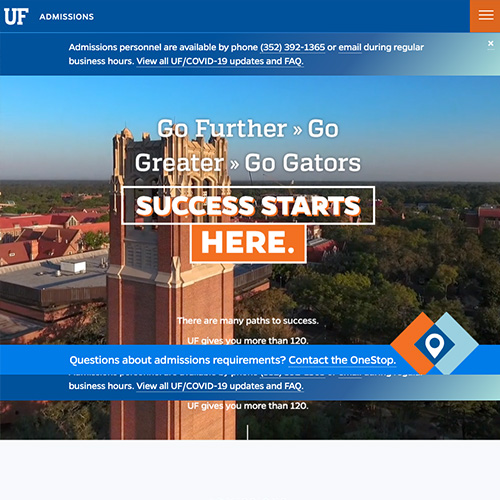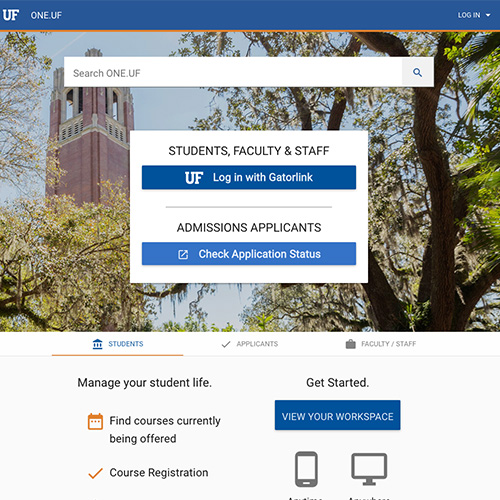FEAP 2e. Models clear, acceptable oral and written communication skills
Printable Version (.pdf)
|
UNSATISFACTORY |
DEVELOPING |
ACCOMPLISHED |
EXCEPTIONAL |
| A student asks: “What are we supposed to be doing?” but the teacher ignores the question. (D)
The teacher states that to add fractions they must have the same numerator. (D) Students have a quizzical look on their faces; some may withdraw from the lesson. (D) Students become disruptive, or talk among themselves in an effort to follow the lesson. (D) The teacher speaks way too fast or mumbles. Students clearly are not following what the teacher is saying. |
The teacher mispronounces some common words. (D)
The teacher says: “And oh, by the way, today we’re going to factor polynomials.” (D) A student asks: “What are we supposed to be doing?” and the teacher clarifies the task. (D) Students ask, “What do I write here?” in order to complete a task. (D) The teacher is sure to proofread before sending any communication home. The teacher’s explanations are free of arbitrary pauses or utterances that interrupt the fluency of a lesson. The teacher presents a well-written outline of the unit for students to use as a study guide. Upon noticing a few blank stares from her students, the teacher rewords the explanation of the concept at hand. |
The teacher says, “By the end of today’s lesson, you’re all going to be able to factor different types of polynomials.” (D)
In the course of a presentation of content, the teacher asks students: “Can anyone think of an example of that?” (D) The teacher uses a board or projection device so students can refer to it without requiring the teacher’s attention. (D) The teacher previews the exact definition and pronunciation of new vocabulary before presenting it to the class. The teacher uses pauses purposefully, not to stall for thought or to find the right word. After reviewing a study guide, When the class looks puzzled by their peer’s response, the teacher restates the point in a way that makes it more comprehensible to students. The teacher asks students to process the information during a lecture before taking notes. (M) The teacher says, “I see from some of your blank stares that some of you are confused, so I am going to explain it in a different way. |
The teacher says: “Here’s a spot where some students have difficulty … be sure to read it carefully.” (D)
The teacher asks a student to explain the task to other students. (D) When help is needed, The teacher asks a student to offer clarification about the learning task to classmates. (D) The teacher explains passive solar energy by inviting students to think about the temperature in a closed car on a cold but sunny day. (D) The teacher posts the learning goals written in student language. (M) The teacher deliberately chunks key information and encourages students to write down key ideas, terms and generalizations. (M) The teacher asks students to process the information during a lecture before they take notes using any one variety of note-taking strategies they’ve learned. (M)
|
Where noted, examples based on:
“(D)” – Danielson C. (1996). Enhancing professional practice: A framework for teaching.
Alexandria, Va: Association for Supervision and Curriculum Development.
“(M)” – Marzano, R. J. (2007). The art and science of teaching: A comprehensive
framework for effective instruction. Alexandria, Va: Association for Supervision and Curriculum Development.
Resources:
http://www.assetproject.info/learner_support/communication_skills.htm
http://www.ehow.com/how_6909681_improve-written-communication-skills.html
http://www.helpguide.org/mental/effective_communication_skills.htm
http://www.ehow.com/how_2080970_improve-communication-skills.html
http://www.completetext.com/markartscomskills.html
http://www.only-effective-communication-skills.com/communication-skills-for-teachers.html
http://www.ncbi.nlm.nih.gov/pmc/articles/PMC3192093/




